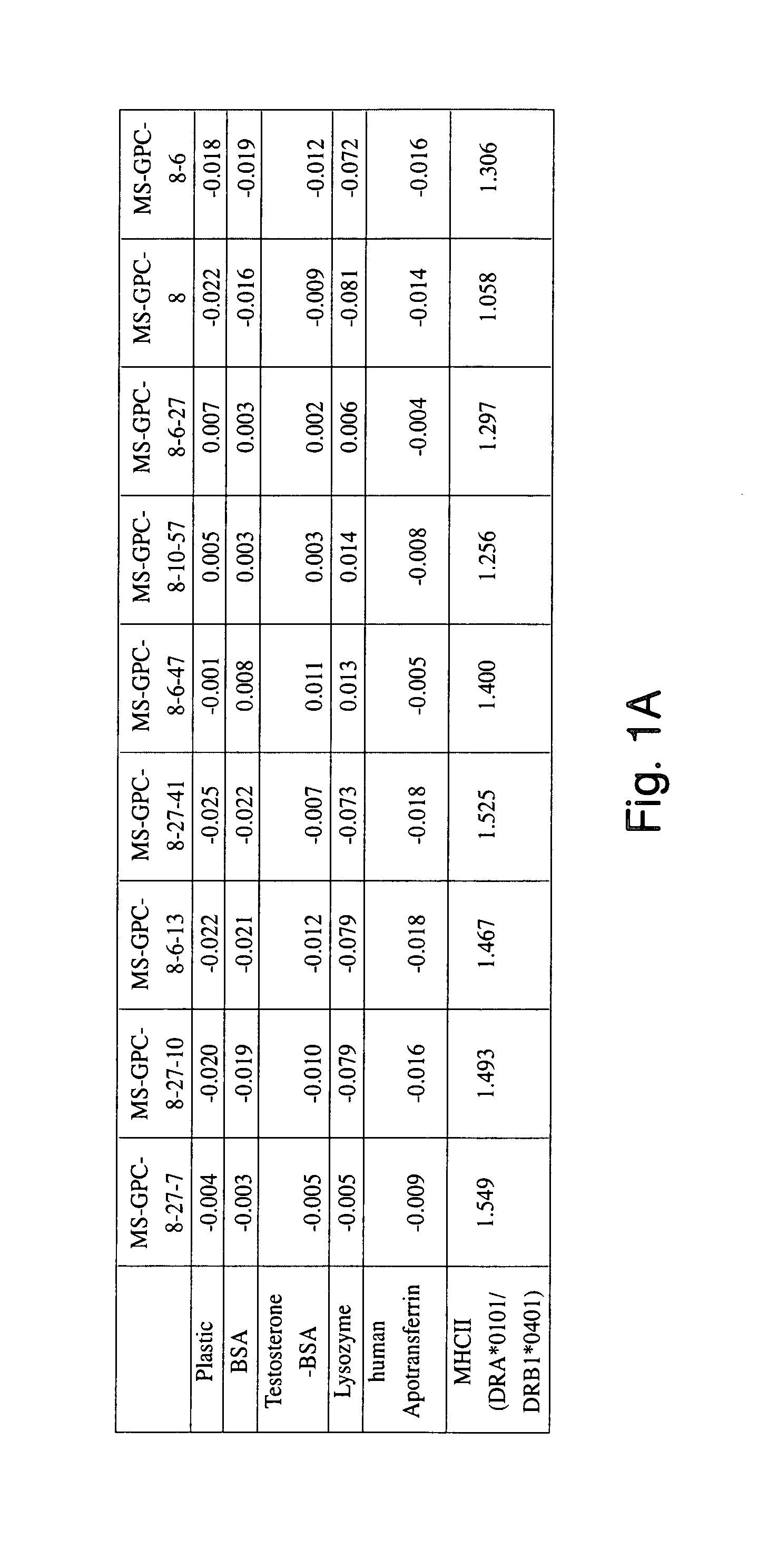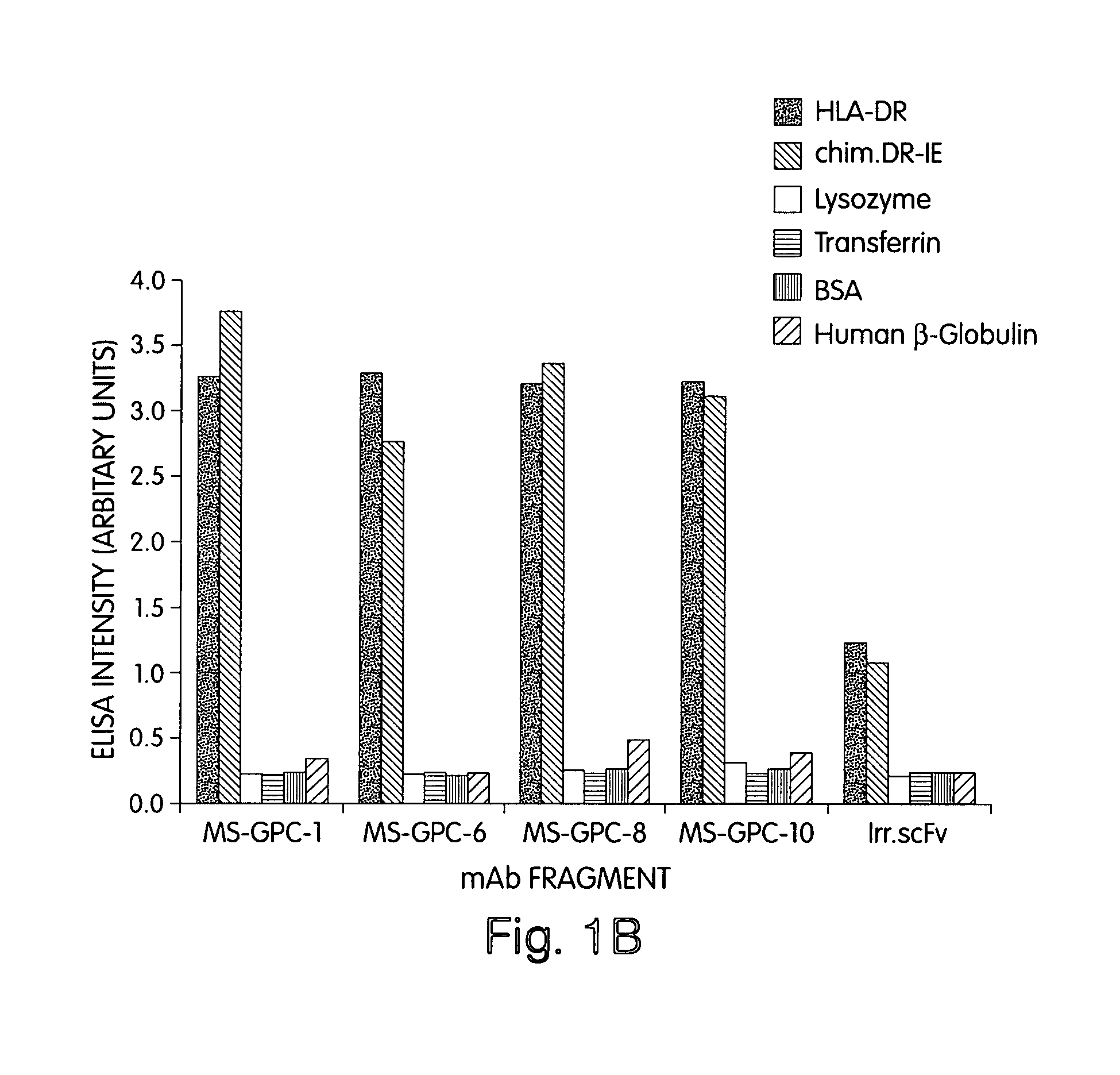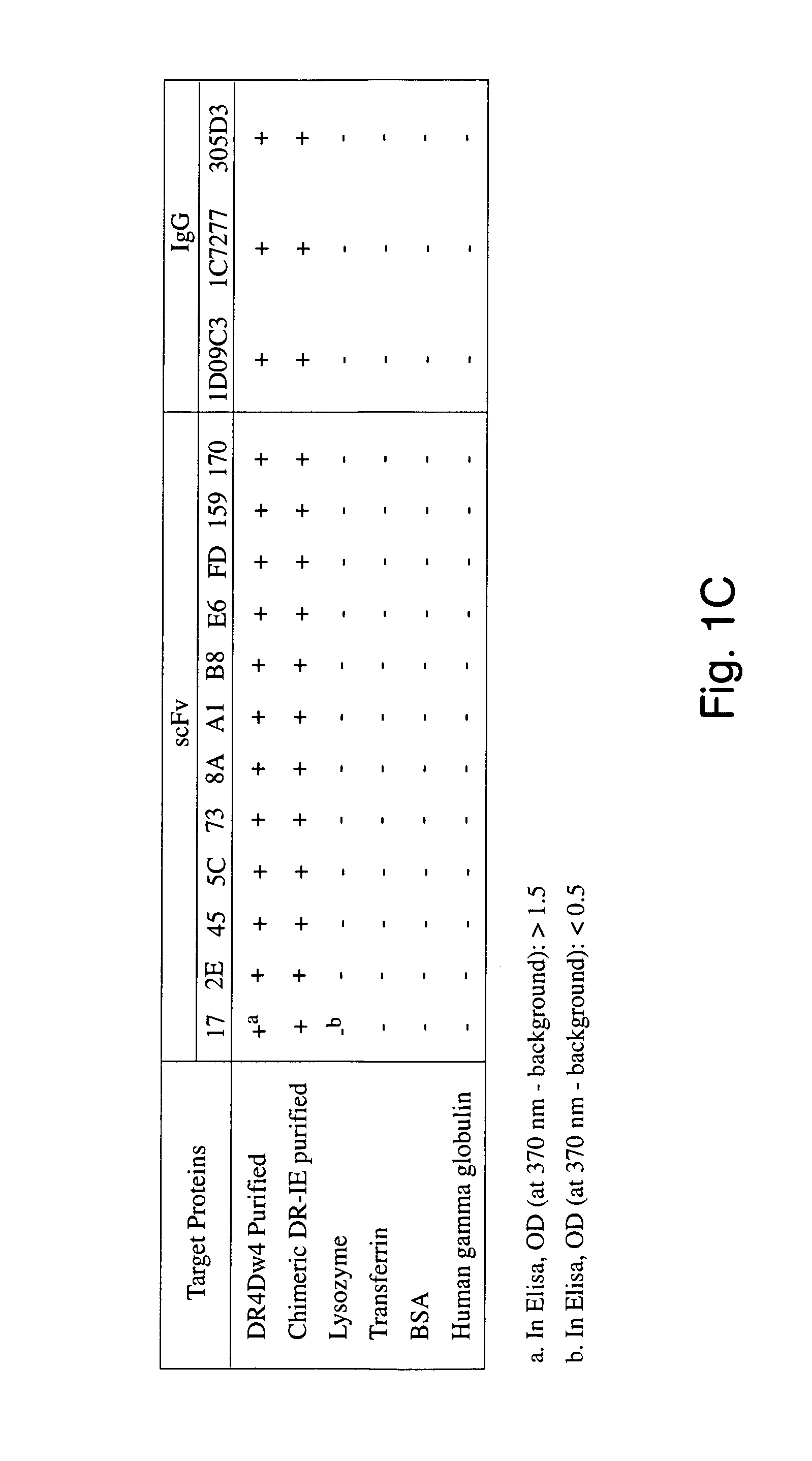Human polypeptides causing or leading to the killing of cells including lymphoid tumor cells
a human polypeptide and lymphoid tumor technology, applied in the direction of immunoglobulins, peptides, antibody medical ingredients, etc., can solve the problems of difficult to obtain antibodies with the desired biological properties, death of laboratory primates, and potential increase in risk, so as to achieve the effect of convenient administration
- Summary
- Abstract
- Description
- Claims
- Application Information
AI Technical Summary
Benefits of technology
Problems solved by technology
Method used
Image
Examples
examples
[0230]All buffers, solutions or procedures without explicit reference can be found in standard textbooks, for example Current Protocols of ImLmunology (1997 and 1999) or Sambrook et al., 1989. Where not given otherwise, all materials were purchased from Sigma, Deisenhofen, Del., or Merck, Darmstadt, Del., or sources are given in the literature cited. Hybridoma cell lines LB3.1 and L243 were obtained from LGC Reference Materials, Middlesex, UK; data on antibody 8D1 were generously supplied by Dr. Matyas Sandor, University of Michigan, Madison, Wis., USA.
1. Preparation of a Human Antigen
[0231]To demonstrate that we could identify cytotoxic antigen-binding domains of human composition, we first prepared a purified form of a human antigen, the human MHC class II DR protein (DRA*0101 / DRB1*0401) from the DR-homozygous B-lymphoblastoid line PRIESS cells (Gorga et al., 1984; Gorga et al., 1986; Gorga et al., 1987; Stern et al., 1992) and the human-mouse chimeric molecule DR-IE from the tran...
PUM
| Property | Measurement | Unit |
|---|---|---|
| Molar density | aaaaa | aaaaa |
| Molar density | aaaaa | aaaaa |
| Molar density | aaaaa | aaaaa |
Abstract
Description
Claims
Application Information
 Login to View More
Login to View More - R&D
- Intellectual Property
- Life Sciences
- Materials
- Tech Scout
- Unparalleled Data Quality
- Higher Quality Content
- 60% Fewer Hallucinations
Browse by: Latest US Patents, China's latest patents, Technical Efficacy Thesaurus, Application Domain, Technology Topic, Popular Technical Reports.
© 2025 PatSnap. All rights reserved.Legal|Privacy policy|Modern Slavery Act Transparency Statement|Sitemap|About US| Contact US: help@patsnap.com



